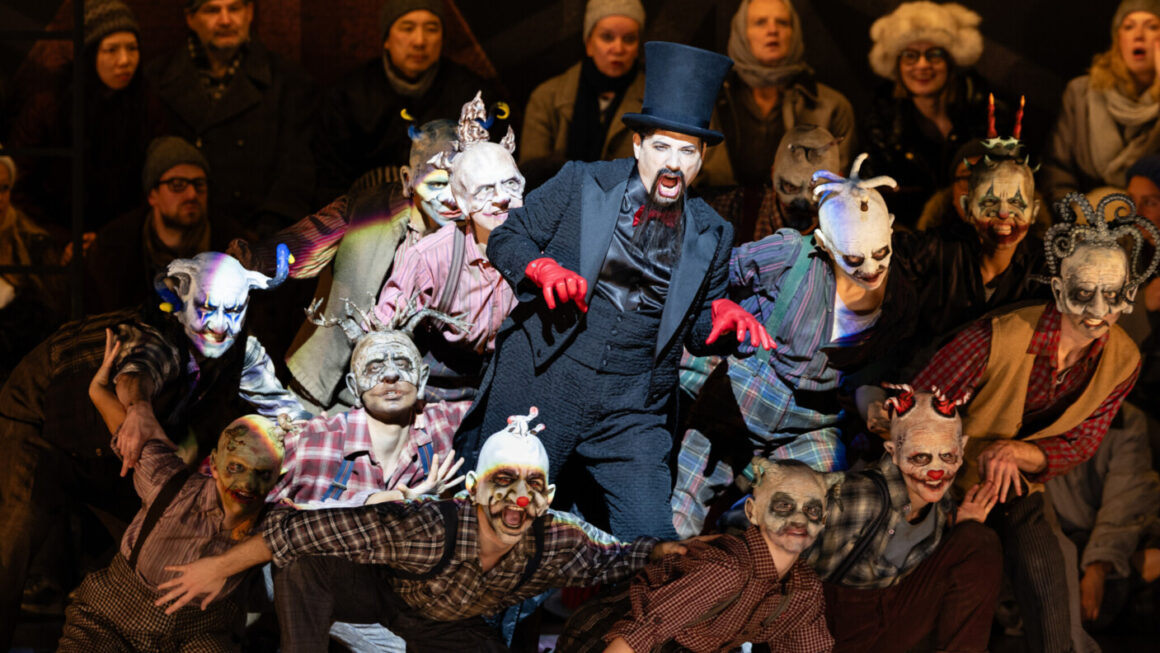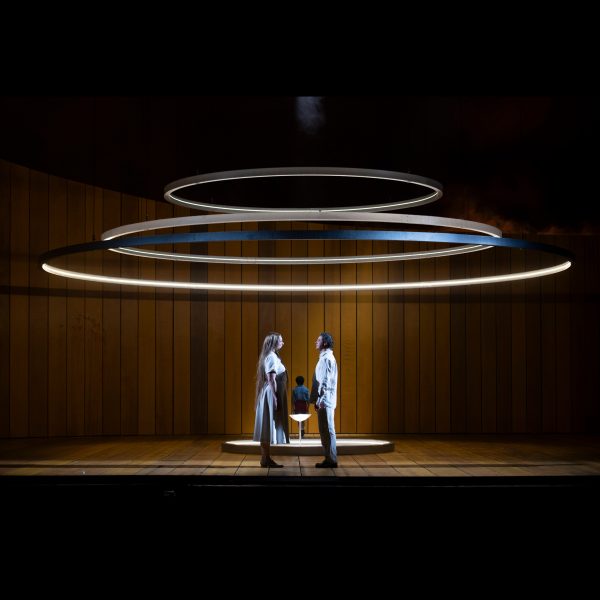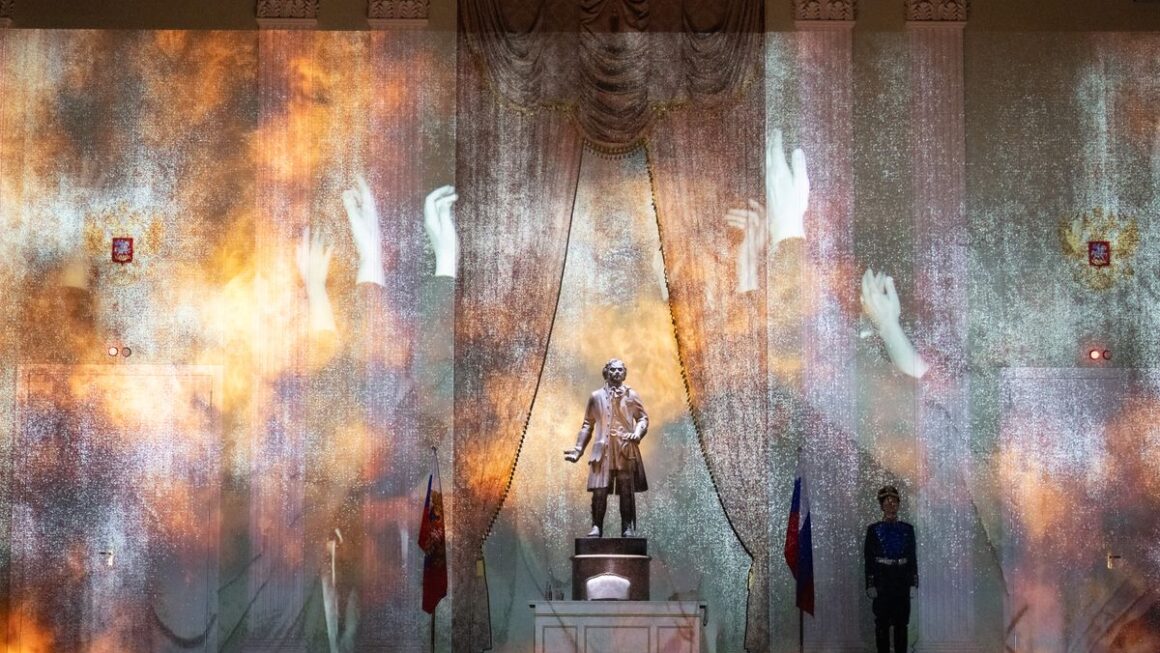Among the most popular of the immense catalogue of Gaetano Donizetti, scornfully called “Dozzinetti” by his detractors, la Fille du régiment is a stable presence on the schedule of theaters around the world, even if its fame is mainly linked to the name of the great interpreters who have kept this opera in their repertoire; all music lovers and enthusiasts know and eagerly await the aria with “9 DO di petto”, by the way 8 written by Donizetti and the last one ad libitum.
When the opera was first staged on 11 February 1840, the high Cs were performed with the falsetto register; incidentally Rossini defined the “do di petto” as “the scream of a slaughtered capon”; it was Luciano Pavarotti, in the legendary performances at the Met in 1972 who performed the notes of the cabaletta in full voice, earning himself the title of “re dei do di petto” on stage and giving life to a performing tradition that has become a testing ground for many ultrafamous tenors.
The greatest interpreter of the last decades was the Peruvian tenor Juan Diego Flórez, who in February 2007, at la Scala in Milan, breaking Arturo Toscanini’s ban, after more than five minutes of Bis! Bravo! Viva il Flórez quot; repeated the performance of the aria « Ah mes amis »; and the sequence of nine C’s!
Even on the female side, there are historic interpreters of the role of Marie, among all “la stupenda” Joan Sutherland, historical partner of Pavarotti, and ending more recently with the French soprano Natalie Dessay, reference interpreter of the young girl grew up by soldiers, in a very iconic production by Laurent Pelly.

Aside from vocal bravery, the opera is a true masterpiece; written for the Opéra-Comique in Paris, and set in a village in Tyrol, the story of the foundling Marie, vivandière of the regiment and of the young and naive Tonio, is a mature and sentimental work, with a cheerful but at the same time melancholic color, which goes behind the Italian opera buffa to anticipate and prelude Offenbach and the French operetta.
The staging of the Neapolitan theater of San Carlo, theater that saw the first performance of Lucia di Lammermoor, finds its maximum point of interest in the directorial reading of Damiano Michieletto. Often the object of protests by the “loggionisti” and reviled on social media, the Venetian director is one of the most famous of his generation; he makes use of an extraordinary team of collaborators for lights, sets, costumes and it should be remembered that in 2015 he was awarded the Laurence Olivier Award for the staging of Cavalleria and Pagliacci at the Royal Opera House in London.
This show, co-produced with the Bayerische Staatsoper, hits the mark and stands out for the beauty and refinement of the staging and the coherence of the directorial concept. Michieletto renounces transposing the story, in virtue of the strong message it conveys: the acceptance of differences and self-awareness is the only path that can lead to happiness. Marie is a sort of Tomboy, a girl raised among soldiers who does not want to live in the golden world of aristocracy, between music and singing lessons. Tonio is an outsider, who in order to marry his beloved Marie, enlists in the regiment. In the first act of the opera the scenes exalt the beauty of nature and life outdoors, while the second act settled in the castle of Berkenfield is claustrophobic, with the luxury and the fading lights that become oppressive. The costumes are wonderful, the stage movements of the masses and soloists are perfect, even if sometimes the stage positioning of the singers penalizes the musical needs.

More controversial is Michieletto’s choice to eliminate the dialogues spoken in French, in favor of a dramaturgy narrated by the Duchesse Krakenthorp, a character who appears only in the second act of the opera, but that in this performance is almost always on stage holding the threads of the story. A choice that benefits today’s opera audience, little accustomed to the demands of opéra-comique, in an opera that has been missing from the San Carlo since 1965, when it was performed in Italian with “la bellissima” Anna Moffo. In this vision, the part of the Duchesse is entrusted to the theater and television actress Marisa Laurito, a local glory, who tells the story alternating French and Neapolitan dialect. The texts are a bit predictable, alternating quotes and clichés, from Eduardo De Filippo to “la vie en rose”.
From a musical point of view, the result is good but less satisfying than the scenic part. The protagonist is the diva Pretty Yende, one of the most famous interpreters of today’s opera star system. Yende, grew up in a Zulu-speaking home in a small village in South Africa, discovered opera by watching a television commercial; struck by it, she began studying opera singing and soon landed at the most important opera houses in the world. As coloratura soprano, the role of Marie is one of her most appreciated, a character that she has also sung with great success all over the world, even at the Metropolitan in New York. Vocally, Yende is perfectly at ease both in coloratura, with confident ascents to the very high notes, and in larmoyant parts, with a very moving and involved interpretation of the famous aria “il faut partir”;. From a scenic point of view, Yende is a marvel in the role of the young canteen girl of the regiment and delivers a lesson scene in the second act full of irony and temperament. Considering her vocal characteristics, we wish her the best for her upcoming debut in Stiffelio and Trovatore.
In the part of Tonio, we find the “contraltino” tenor from Moscow Ruzil Gazin who has recently distinguished himself in Rossini roles. The voice does not always seem adequate to the role, the nine highCs sound well, but the cabaletta lacks exuberance and personality. The singer relies on the security of his high notes to the point of varying the finale of the aria “Pour me rapprocher de Marie” by introducing a “puntatura” to a high E5. The tenor is appreciated in the stage play, portraying a naive and enamored Tonio. Excellent performance by the baritone Sergio Vitale, in the role of the grouch Sergeant Sulpice, making himself appreciated for the softness of his emission and the mastery of the Donizetti vocal style. A real cameo by Sonia Ganassi, a great interpreter of bel canto, in the role of the Marquise de Berkenfield, who stands out for her stage charisma and excellent vocal endurance.
On the podium there was the very young Riccardo Bisatti, only 24 years old. His conducting is excellent, distinguished by the fast and brilliant tempos, well supported by the superb orchestra and the choir of the theater, giving rhythm and expressiveness to the comedy. Some disconnections with the stage are more attributable to the scenic complexity and the many movements of the interpreters. The theater was not full, due to a championship match of the beloved local Napoli team, but at the end there were convinced and warm applauses for everyone.
Cast
Marie | Pretty Yende
Tonio | Ruzil Gatin
Sulpice | Sergio Vitale
Marquise de Berkenfield | Sonia Ganassi
Hortensius | Eugenio Di Lieto
Duchesse Krakenthorp | Marisa Laurito
Un caporal | Salvatore De Crescenzo
Un paysan | Ivan Lualdi
–
Conductor | Riccardo Bisatti
Stage Direction | Damiano Michieletto
Set Design | Paolo Fantin
Costume Design | Agostino Cavalca
Lighting Design | Alessandro Carletti
Dramaturgy | Mattia Palma / Malte Krasting





Que bello !